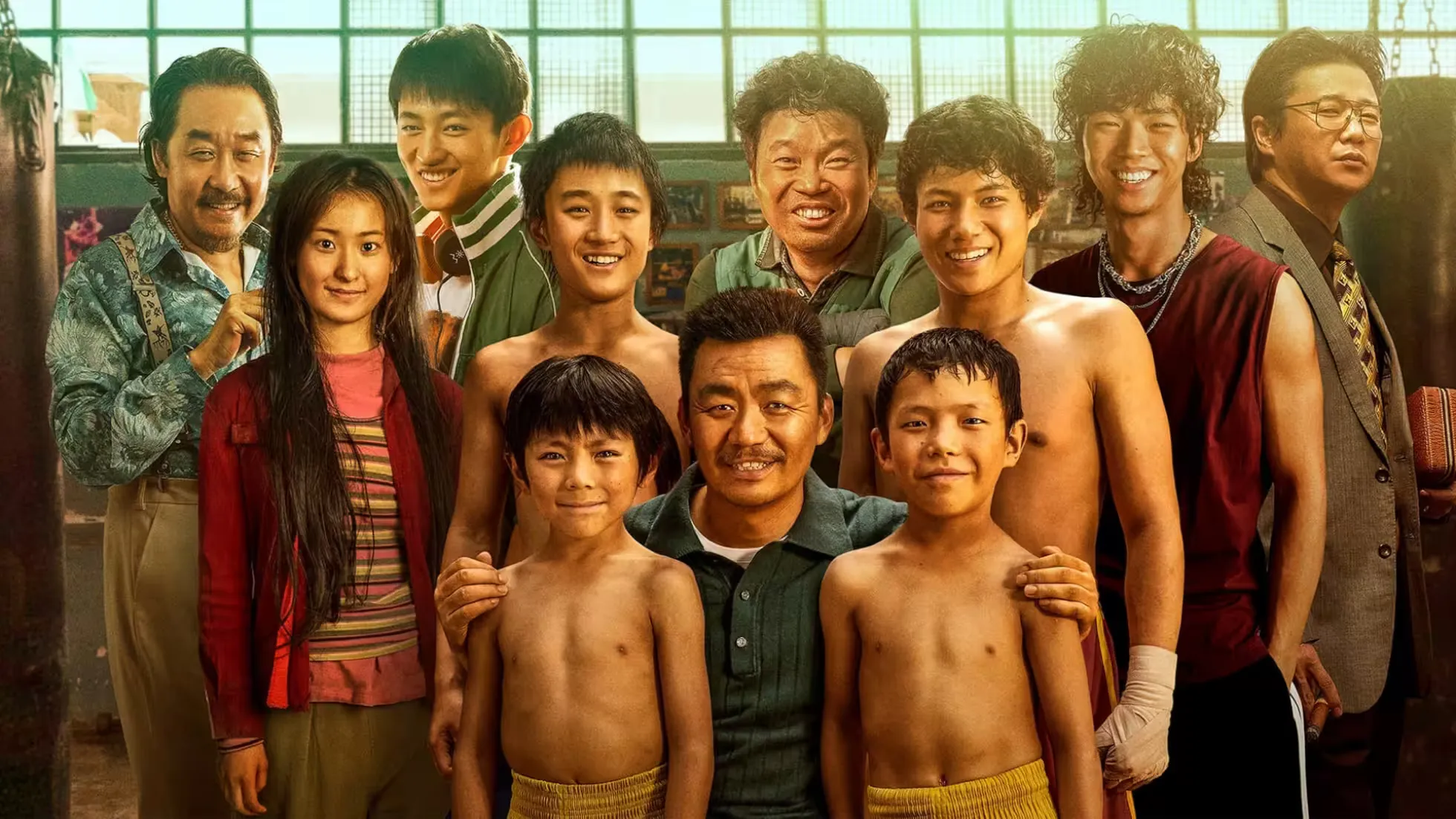In the Octagonal Cage

During the National Day holiday, since I had some free time, I decided to watch a movie to pass the time. So, I watched In the Octagonal Cage. This movie was directed by and starred Wang Baoqiang, whose experiences are similar to those of the children depicted in the film, making him particularly well-suited to direct such a project. However, there are some differences between the movie and the real “fighting orphans” incident in Daliang Mountain.
Daliang Mountain is often mentioned in the news, but it is frequently associated with poverty. Whether it’s opium, drug addiction, HIV, or the “fighting orphans,” the shadow of poverty looms behind these issues. This kind of poverty has shattered many families, leaving children wandering the streets, homeless and adrift.
Think back to China in the 1990s. The economy was not doing well, and the country lacked the resources to promote nine-year compulsory education. Parents had to pay for their children’s tuition out of their own pockets. Most of these children were born before the one-child policy, so there were often many siblings in one family. Parents had to bear the education costs for multiple children, while schools, strapped for funds, had to charge students more. This forced many children to drop out of school, especially those from eastern coastal provinces. At the age of twelve or thirteen, they had no access to education and could only roam the streets, engaging in petty crimes and fights. The pressure on social governance was mounting.
However, this vicious cycle was not without a solution. At the end of 2001, China joined the WTO and became the “world’s factory.” Many rural dropouts entered factories. They not only generated wealth but also helped alleviate the burden on social security.
This demonstrates the importance of economic development in maintaining social stability. Giving every person a home, a job, and food is the most effective way to ensure stability.
Returning to the movie In the Octagonal Cage, while it differs from the real events, we cannot ignore the message it tries to convey: We must pay attention to these issues and find ways to resolve them. Every underprivileged child deserves the right to education, a stable family, and a better life. To achieve this, we must all work diligently—not only for the children but also for the harmony and stability of our society.